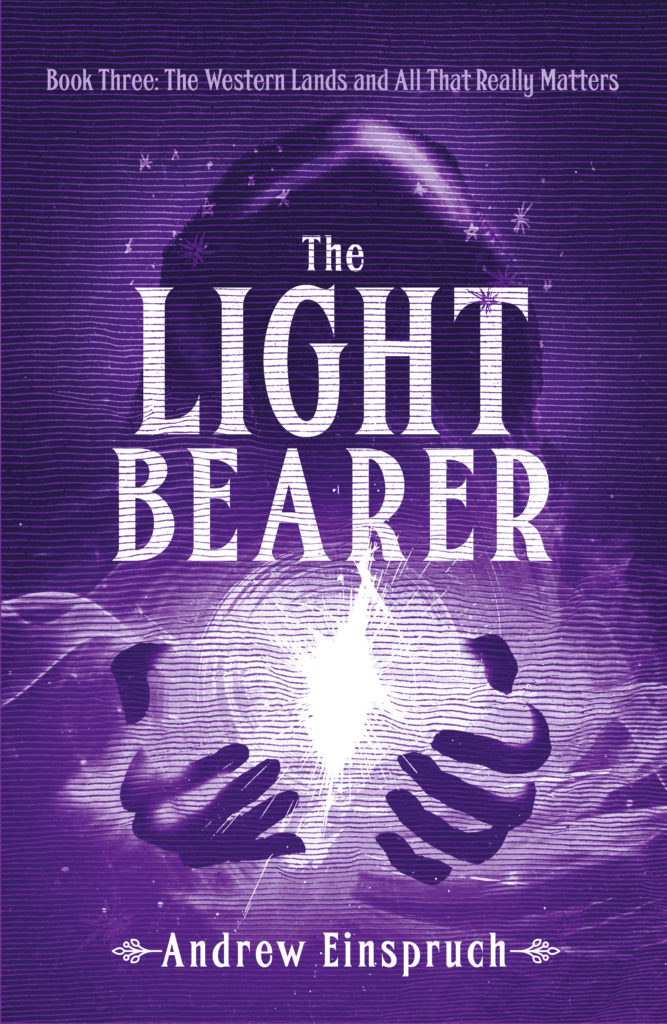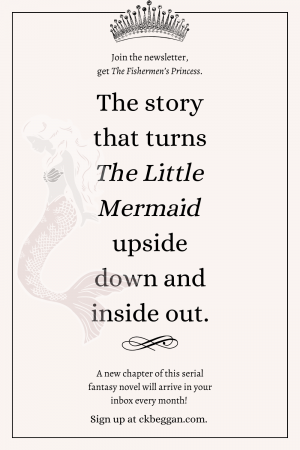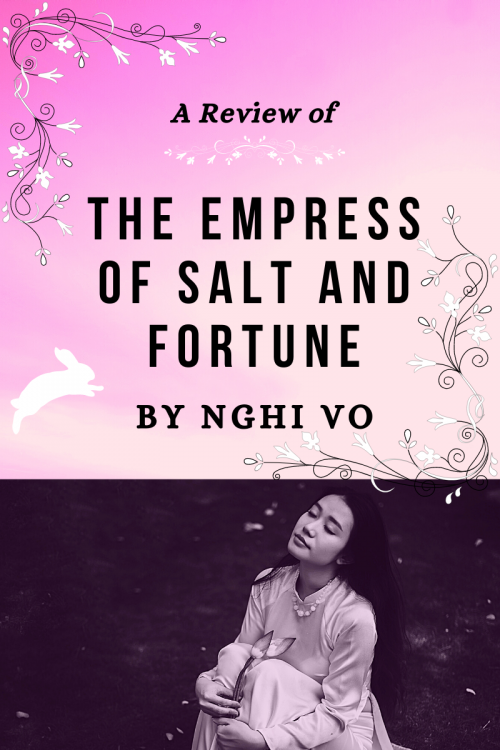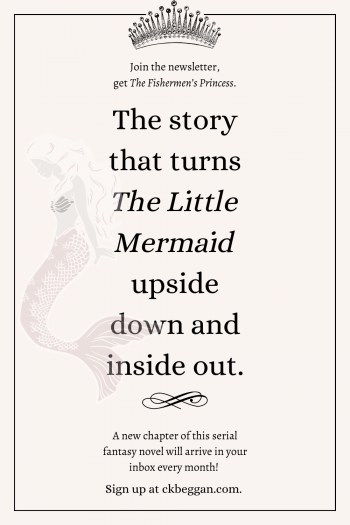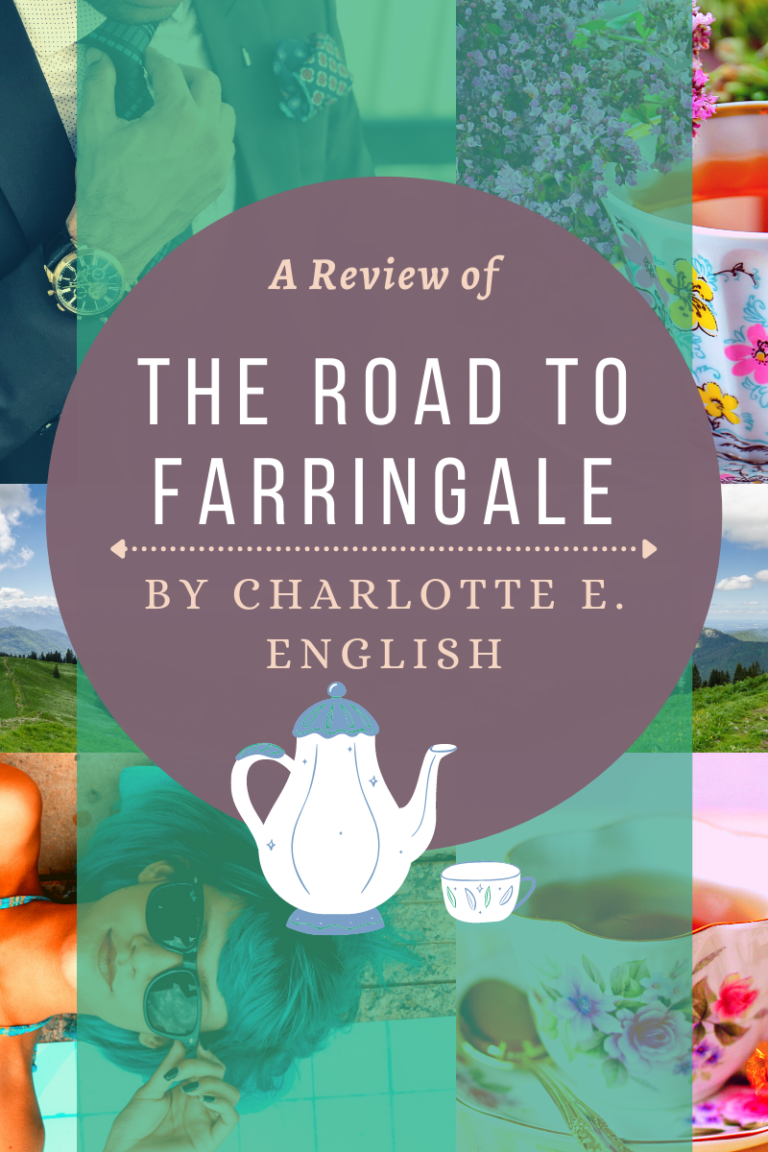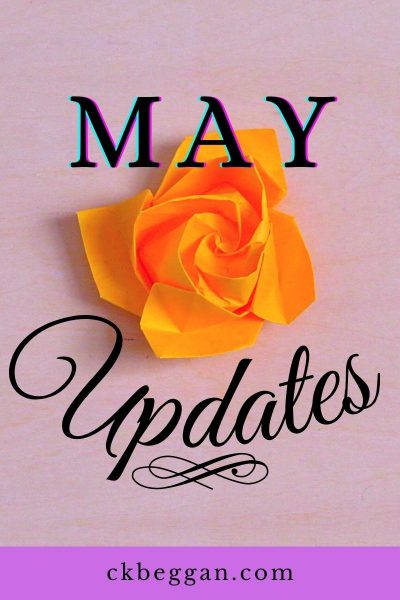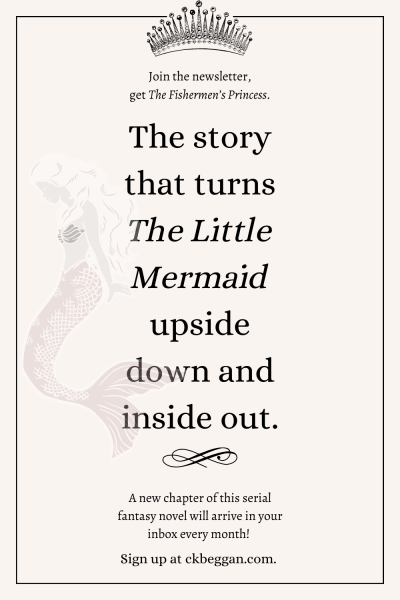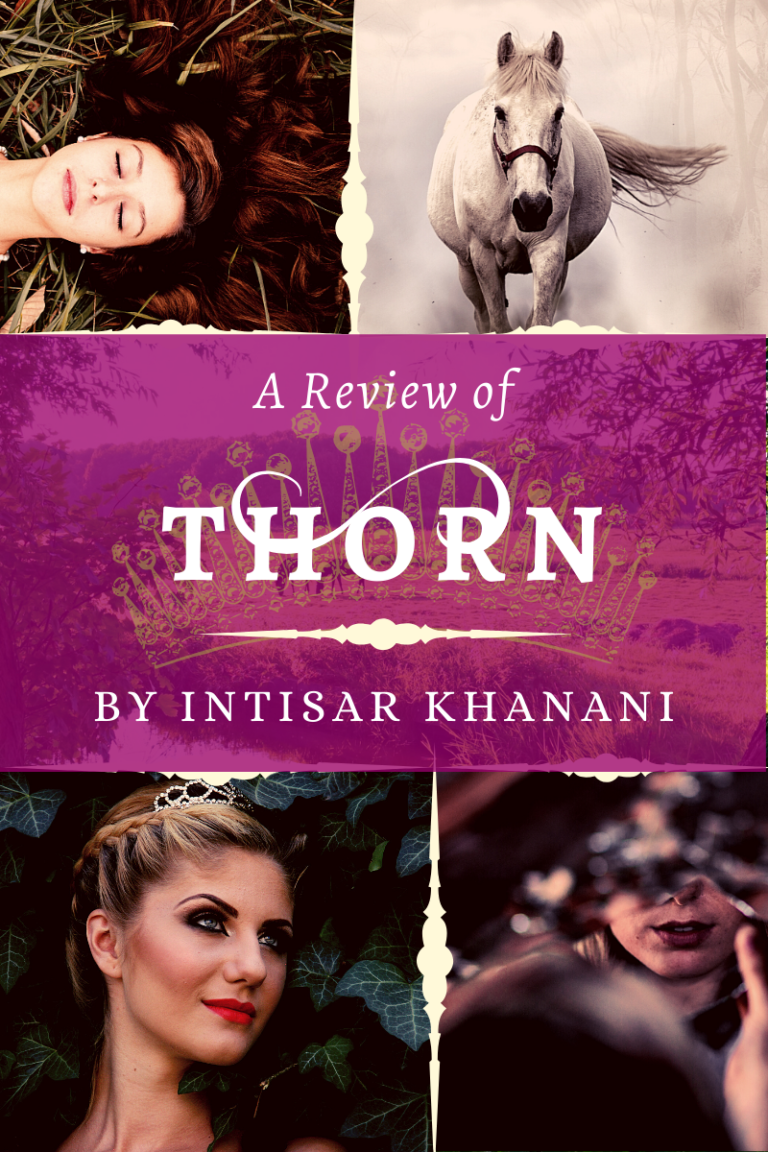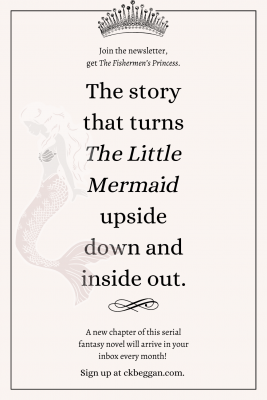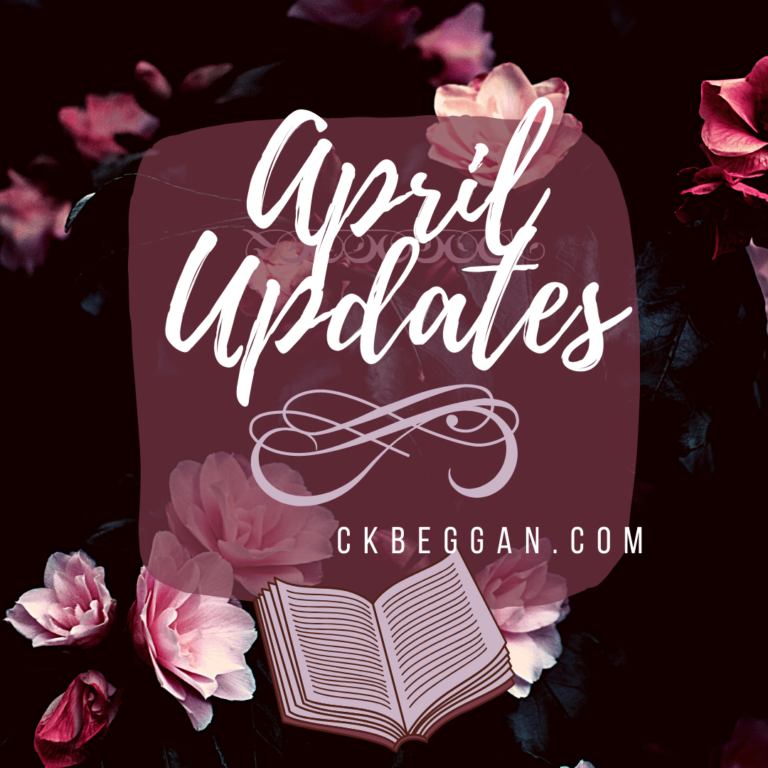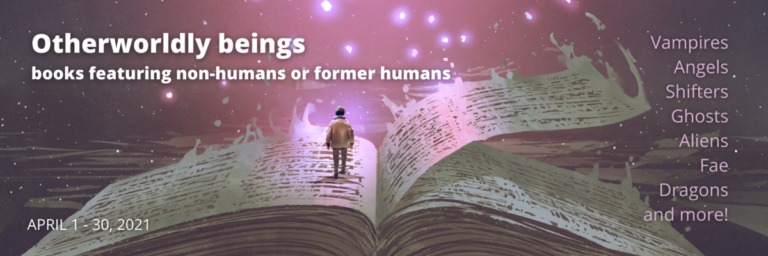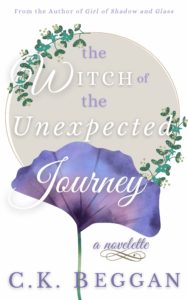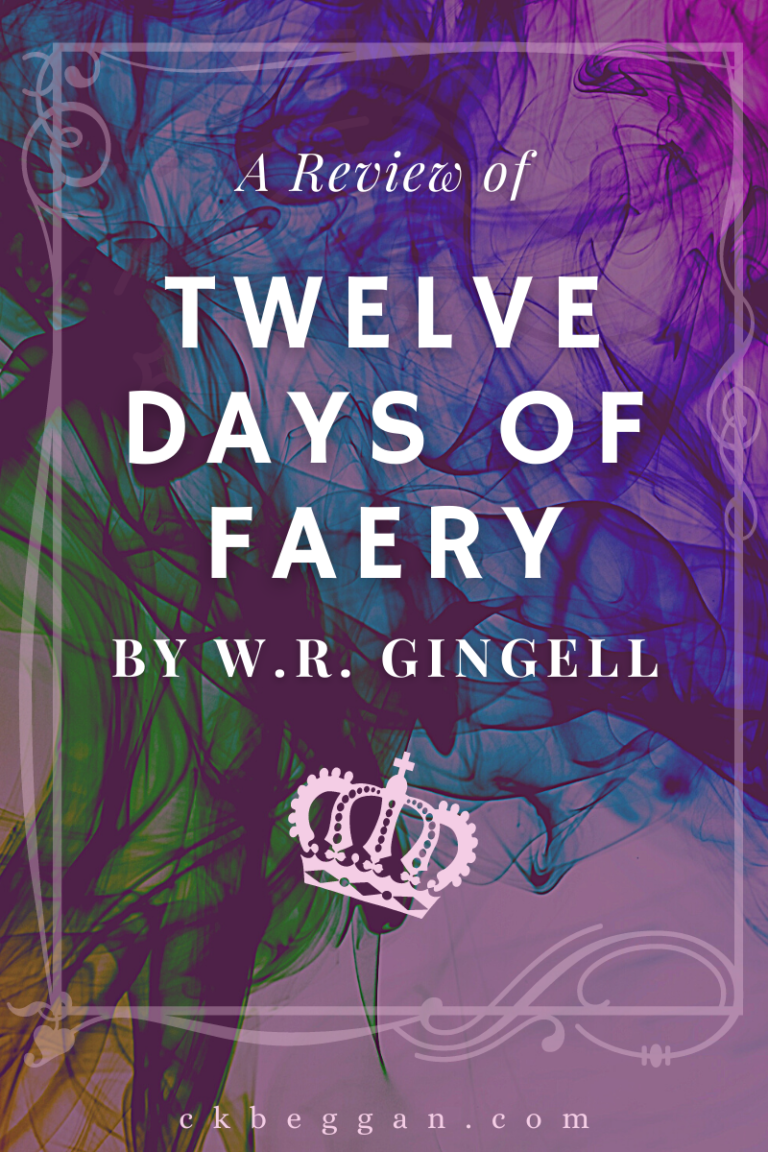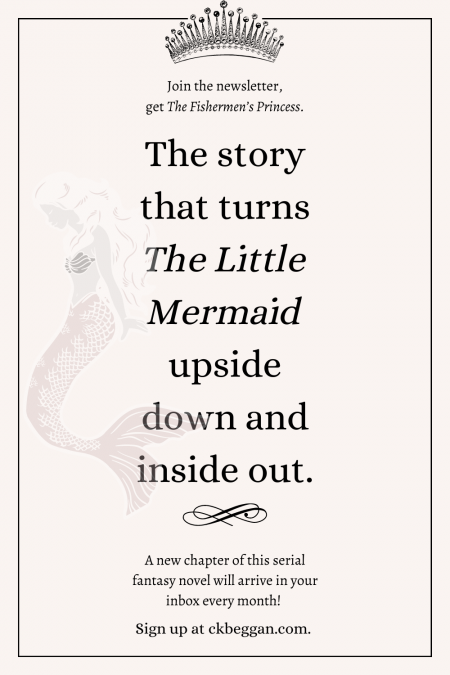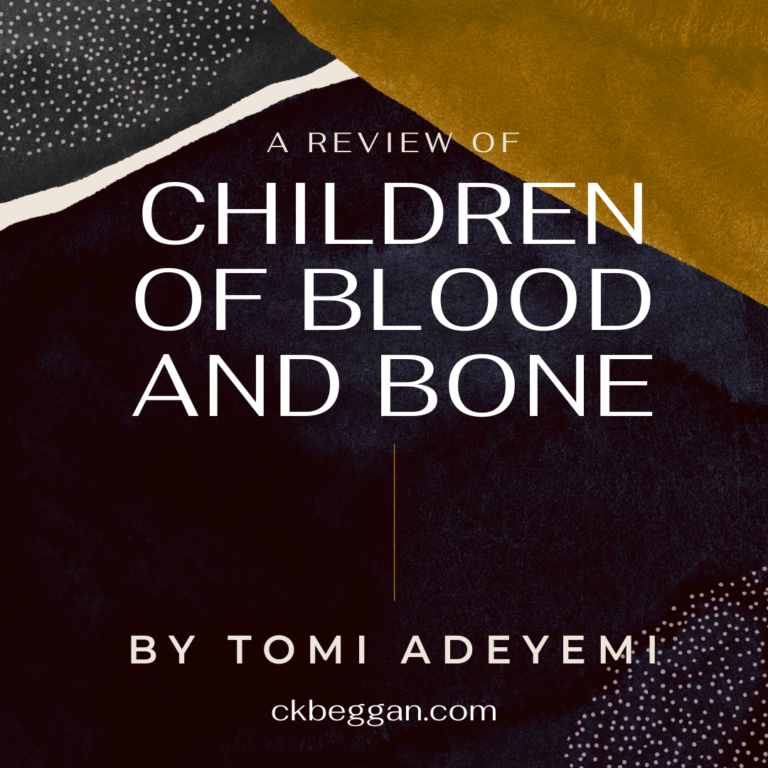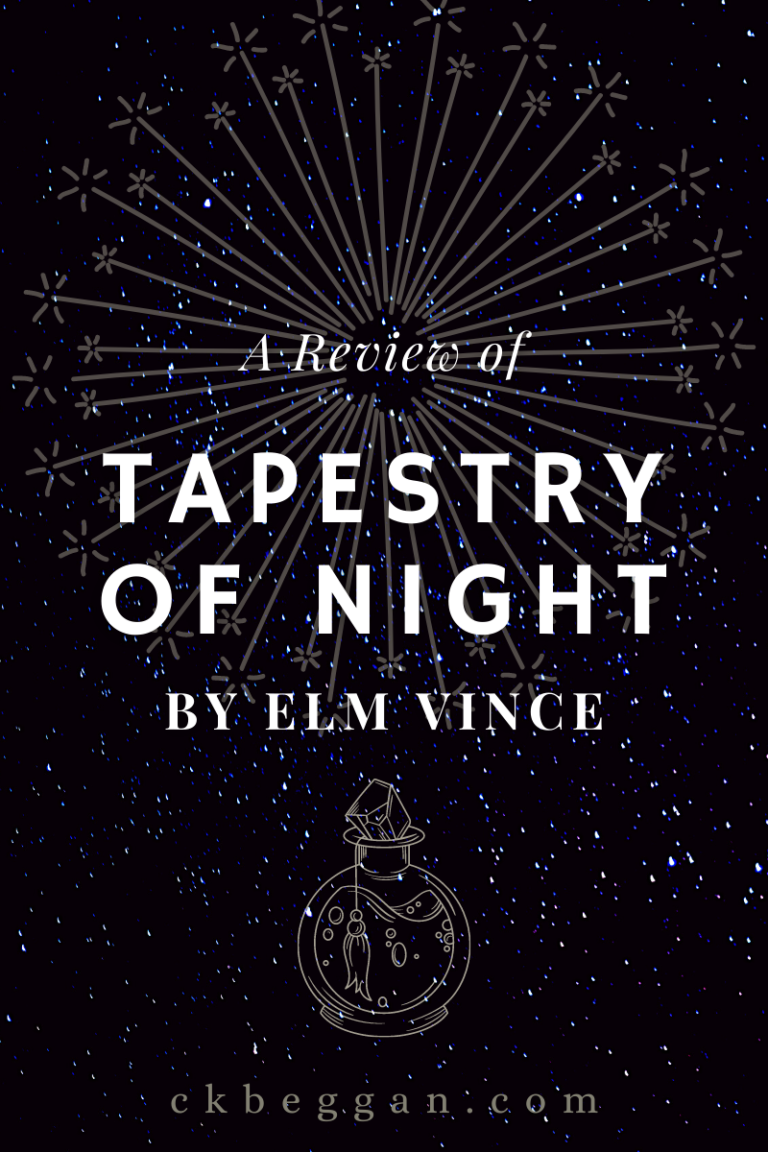
Recently, I had the privilege of interviewing author Andrew Einspruch (The Purple Haze), author of the wonderfully quirky fantasy series, The Western Lands and All That Really Matters.
Besides the humor he brings to fantasy—a rarity in a sometimes overly serious genre—Andrew Einspruch is an interesting interview subject for many reasons. One such reason is his other job: that of caretaker for animals in the A Place of Peace farm animal sanctuary.
You recently won an ACT Writing and Publishing Award for 2020 Fiction, for your fantasy novel The Light Bearer (Book 3 in The Western Lands and All That Really Matters series). What went through your mind when you heard you won?
Actually, I missed the email that told me I’d won. I got an email that said, “Come to our office to have a video made of you?” and I was like, “Huh?”
But, of course I was totally thrilled. It is always lovely when someone likes your work, and it was my first writing prize. I was super chuffed. And then I told myself to get back to writing.
I describe your writing in The Western Lands and All That Really Matters as The Hitchhiker’s Guide to the Galaxy for fantasy, but it also has a heart-warming side. Were there any particular books you’ve read that helped you develop your style?
I’ll take being compared to Douglas Adams any day. 😁
Developing my style probably comes down to everything I’ve read and enjoyed. I certainly loved the Hitchhiker’s books. But I’ve always been drawn to wordy, nerdy humour — I’m a big fan of Weird Al Yankovic and Tom Lehrer. Monty Python was a big influence when I was young. I’m a huge fan of William Gibson, and make a point of re-listening to his books every couple of years. But it all mushes together in my brain into a glob of influence rather than a single thing that I can point to.
To borrow a question from Seth Meyers, when did you first know you were funny? Was there an aha moment when you realized you had the ability to make people laugh and entertain them?
In high school, I was involved in my temple youth group’s production of the musical “Two By Two,” about Noah. I played Noah’s oldest son, Shem. I don’t think I was all that good, and I certainly had no idea what I was doing, but somehow — miraculously — on the evening of the performance, I relaxed into the role and brought some life to it. I delivered one of the lines (sorry, can’t remember which) using a funny, mocking voice I’d never used before. It got a big laugh, and the first hints of a light bulb went off over my head.
Eight years later, my good friend Robert Lowe brought improv comedy to Atlanta. We knew each other from our aikido training, and in 1984 he said, “I’m going to start teaching improvisation,” to which I said, “I’d do that.” So I went along to the first class he taught, and it was only a matter of weeks before that I went on stage for the first time. Audiences laughed and I became part of the troupe that evolved from those first classes.
You’re originally a Texan! What brought you to New South Wales, Australia, and how long have you lived there?
In 1986, I met the most wonderful woman in the world, an Aussie named Billie Dean (see: billiedean.com). Eleven months to the day later, we got married. I moved to Oz to be with her, and we’re still together today.
What’s the most Texas sentence you can think of?
“Hook’em horns!” (It’s the chant and finger symbol of the University of Texas at Austin, where I did my undergrad work.)
Having said that, when I meet someone who knows a language I don’t know, I try to get them to translate, “Get yer butt off my Cadillac.” I’m led to understand it is a difficult concept to translate into Swahili.
What’s the most NSW sentence you can think of?
I can’t find the actual quote online, but I once heard that the late NSW Premier Neville Wran once said of politics, “You can’t grow mushrooms in a mortuary in NSW without someone complaining.” Whether he said it or not, I love that quote.
Let’s talk about all those lovely, quirky characters you write. Your characters were specifically mentioned as a reason the ACT Writing and Publishing Awards chose The Light Bearer. What stands out to me is the humanity you give each of them (regardless of species!). Did that come naturally? Or did some characters challenge you a bit more?

The characters’ humanity emerged quite naturally. I live with hundreds of animals, and the philosophy I’ve adopted from Billie is that we treat them with respect, dignity, reverence, and a sense of equality. Bringing that to my fiction was not any kind of stretch, it was an extension of who I am.
Animals play a large role in the Western Lands and All That Really Matters series. They also play a role in your day-to-day life. Tell me about the Deep Peace Trust.
The Deep Peace Trust is our family-run charity that fosters deep peace and non-violence for all species who share our planet. Our compassionate action is running A Place of Peace, Australia’s largest farm animal and wild horse sanctuary (see deeppeacetrust.com). We have cows, horses, goats, sheep, cats, dogs, and geese, all of who faced a not-great future until they came here.
In February 2020, your newsletter about the bushfires appeared on this blog. How did the bushfires of 2019-2020 change the sanctuary and the landscape around you? Have you seen much recovery since that time?
The fires were devastating to our part of the world, both physically and emotionally, especially since they came at the end of three hard years of drought. We lost most of our bushland to it, around four kilometres of fencing, and our cattle yards.
But we were lucky. The sanctuary animals were all OK, and while there were certainly wildlife losses, we were able to put out food for those who survived to help them keep going. Others, even neighbours, were hit much harder than we were, and it was a very scary time. Still, we’re here to tell the tale and the bush is showing its resilience in the year and a half since.
Humanity is living at the sharp edge of climate change. We all have to do what we can to address that problem in a serious way or things will only get worse.
What are the biggest challenges you’re facing at the sanctuary right now?
The biggest challenge for us is always to make sure we have enough hay and feed to carry the animals through winter and other tricky times. So, fundraising is a constant need for our not-for-profit charity. The animals are our first and last priority, and making sure we have the means to provide for their sanctuary is issue #1.
After that, it’s making sure that everything we need for their care is in place, whether that’s fencing for the paddocks or supplements for challenged or special needs animals.
Wondering what brumbies are?
A brumby is a well-adapted feral Australian horse and a cultural symbol. Concerns about overpopulation and over-grazing mean brumbies face some of the same challenges as American Mustangs. Want to know more? This article from ihearthorses.com gives a summary.
Have the animals at the sanctuary inspired any of your characters?
Absolutely. The wombats here inspired the Wombanditos (the fiercest gang with bad eyesight in all the realms! Heeyahhhh!). Our geese inspired a character in the not-yet-released book five named Headlong Helda. And our brumbies have influenced my thinking about the horse characters, like Hector and the Nameless One.
You recently said you’re 87k into book five of Princess Eloise’s story, which for you is only three-quarters done. Coming from a middle-grade background, was learning to write longer works ever a challenge for you?
It wasn’t even middle grade. My kids books were for primary aged readers, mostly. And yes, writing longer was definitely a challenge. I had to learn that if the characters were here, and you wanted them over there, you had to write the bits to connect those dots. Plus, I had no idea how long these stories were going to be. When I started, I thought, “Oh, this’ll be a little 35,000 word YA book.” The Western Lands and All That Really Matters books are more like 125,000 words each.
When all’s said and done, how many books do you think will be in the Western Lands series?
There are three books that are out (The Purple Haze, The Star of Whatever, and The Light Bearer), plus the two standalone prequels (The Wombanditos and The Thorning Ceremony).
As I write, book four is just about to go to the editor. Book five is now 106,000 words into its draft, and I’ve written the first 2,000 words of book six. So, definitely those six. After that, I’ll have to see.
Do you have an idea for your next series?
The above books will likely keep me busy for a while. I have vague ideas for other stories to set in the Western Lands. But there are other books whispering to me, asking me to give them attention. I’ll use the time that it takes to finish book six to figure out what’s going to be written after that.
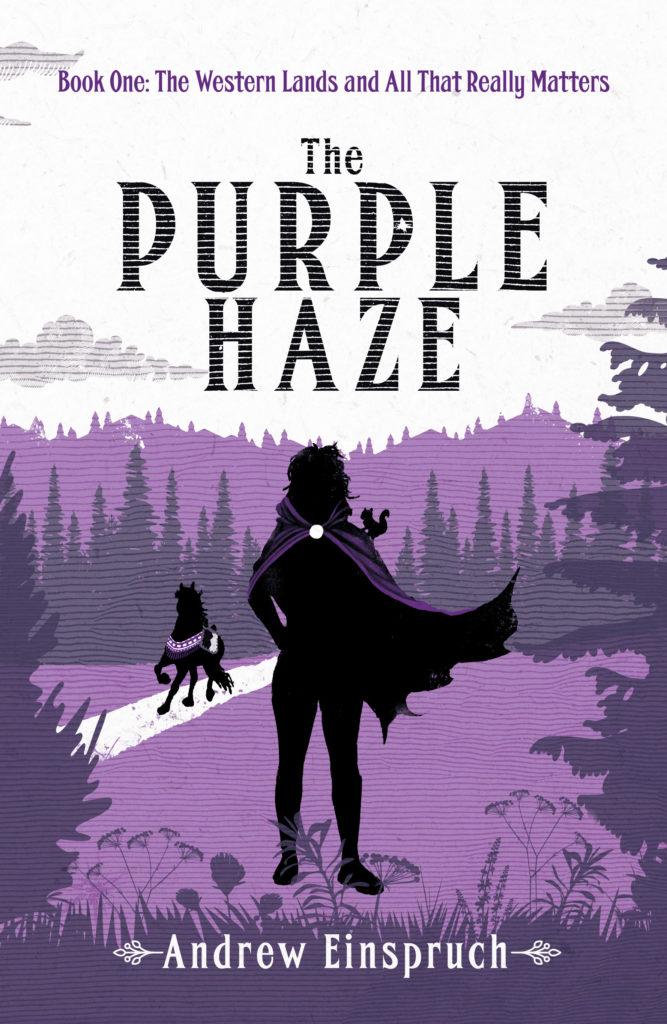
Thank you so much for joining me today. For your final question, I’d like to give you the same challenge I gave to the authors in my first interview. Please fill in the blank:
They lived happily ever after and were kind to all they met.
The next installment in The Western Lands and All That Really Matters will be released later in 2021.
Andrew Einspruch is the author of The Western Lands and All That Really Matters fantasy series and both fiction and non-fiction books for young readers. He lives in New South Wales, Australia. To learn more about this author, please visit https://andreweinspruch.com.
Want to help the Deep Peace Trust? Visit deeppeacetrust.com/donate or, for their current fundraiser, https://chuffed.org/project/winter-in-your-hands. To learn more, visit deeppeacetrust.com.
